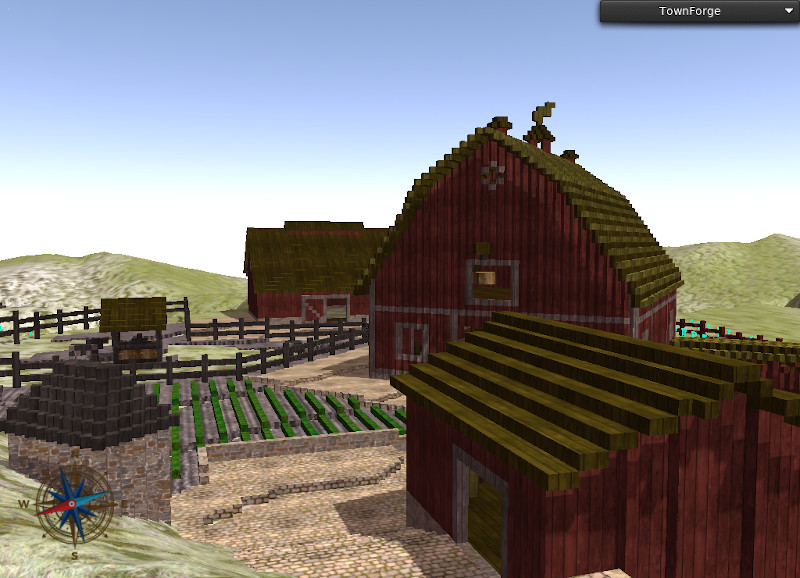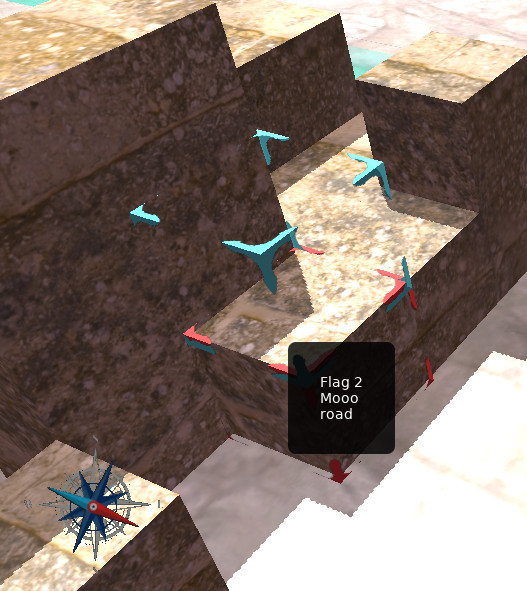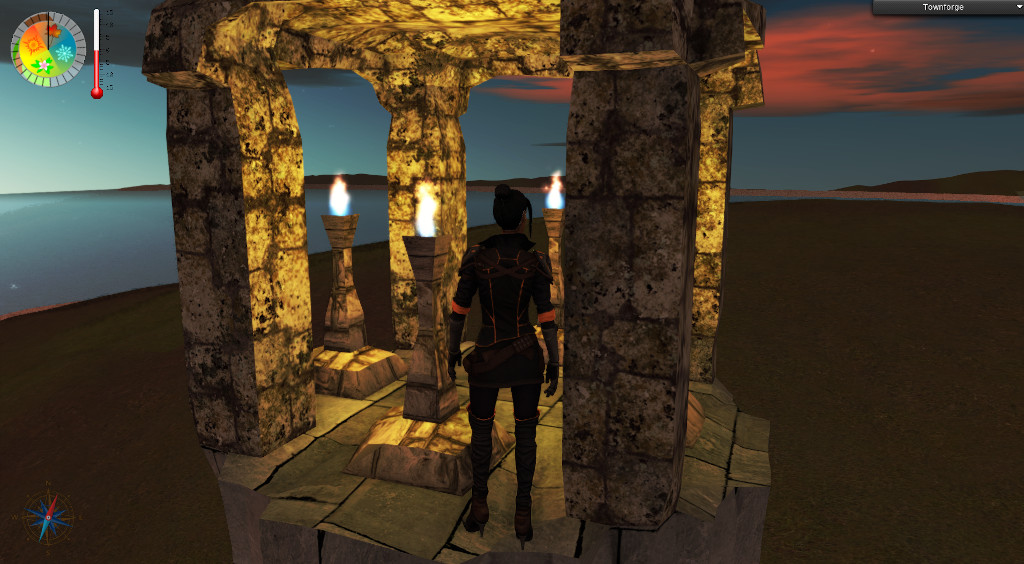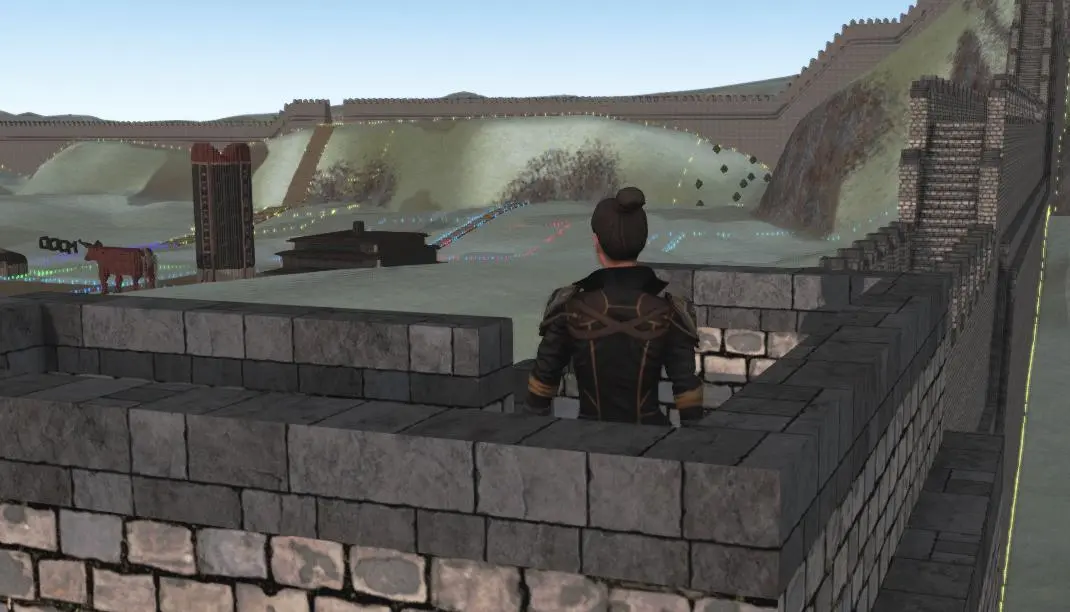What kind of game is it?
Townforge is a multiplayer turn-based economic strategy game and 3-D building architecture platform. You manage buildings and items to try and make a profit from them. Townforge is entirely blockchain based: all player actions are embedded in the blockchain. This is the source of Townforge’s turn based nature, which means that every action you take will be sent to other computers participating, and will only actually happen in the game when mined (i.e., added to the blockchain, like a typical cryptocurrency). This makes Townforge a slow paced long term game.
People will usually want to play a little every day, to maintain their business empire and grow it over time. Note that Townforge is a live game. Your buildings consume/produce materials and income even if you do not actively play, so you do not need to have regular play sessions if you do not want to micromanage.

What does Townforge have to do with Monero?
As a base, Townforge uses Monero's code that handles peer networking, the blockchain, and transaction cryptography. All the game logic like creating buildings, farming, and trading items was added over years of development time.
Townforge is a separate blockchain. Nothing that happens in Townforge directly affects the Monero blockchain, and vice versa. However, since both chains use the RandomX hashing algorithm, the Townforge and Monero blockchains can be "merged mined" together like Litecoin and Dogecoin. Merge mining increases the security of both blockchains.
moneromooo, one of the main programmers for Monero, does almost all of the coding for Townforge.
Is Townforge open source?
Yes. Like Monero, Townforge has a BSD-3 open source license.
Is Townforge a "play-to-earn" game?
Not really. The point of the game is to have fun, not to earn money. If you are good at the game you can earn Townforge Gold, but there is no guarantee that the Gold will ever be worth anything. Think of it as a card game between friends where you only bet a little money to "make it interesting".

Is the game portion of Townforge private like Monero?
Not quite. It is only pseudonymous.
Out-of-game transactions have Monero-level privacy. After depositing to a game account, in-game actions like buying land and placing cubes for buildings are publicly viewable and linked to the game account. However, an observer cannot link a game account to a wallet address.
Compared to typical web games, there is no website registration, email, etc. You play by interacting with the Townforge blockchain only, and you may use Tor or I2P to do so if you wish to protect your privacy further.
How do I start playing?
Townforge is on testnet, a kind of beta version. You can play now with other players to learn how the game works, enjoy it, and develop strategies, but any Gold, items, or badge achievements you collect will not transfer to the "mainnet" full version of the game later.
To play on testnet, download the current version of Townforge for your operating system on the Downloads page and unzip/uncompress the file.
On Linux or Mac, open Terminal, change directory to inside the unzipped folder, and input:
./townforge --testnet
On Windows, open Command Prompt, change directory to inside the unzipped folder, and input:
start townforge.exe --testnet
ADDING --testnet IS VERY IMPORTANT. You cannot connect to the right network if you don't add --testnet.
Depending on when you start playing, it may take a few hours to fully sync your blockchain with the network.
Create a new wallet. You need some Townforge Gold in your wallet to create a game user account. The easiest way to get gold is to mine Townforge's cryptocurrency blocks into its blockchain. At the bottom of the game's menu is the "Node" panel. Open it and click "Start mining". Other players can gift you Gold to get you started playing, too.

When will mainnet launch?
When the game is ready. It could be months. It could be years.
Where can I find more info?





Do you know about Primo? I think it was only a proof-of-concept, never used widely: https://monero.stackexchange.com/questions/11752/what-is-primo-private-monero-payments